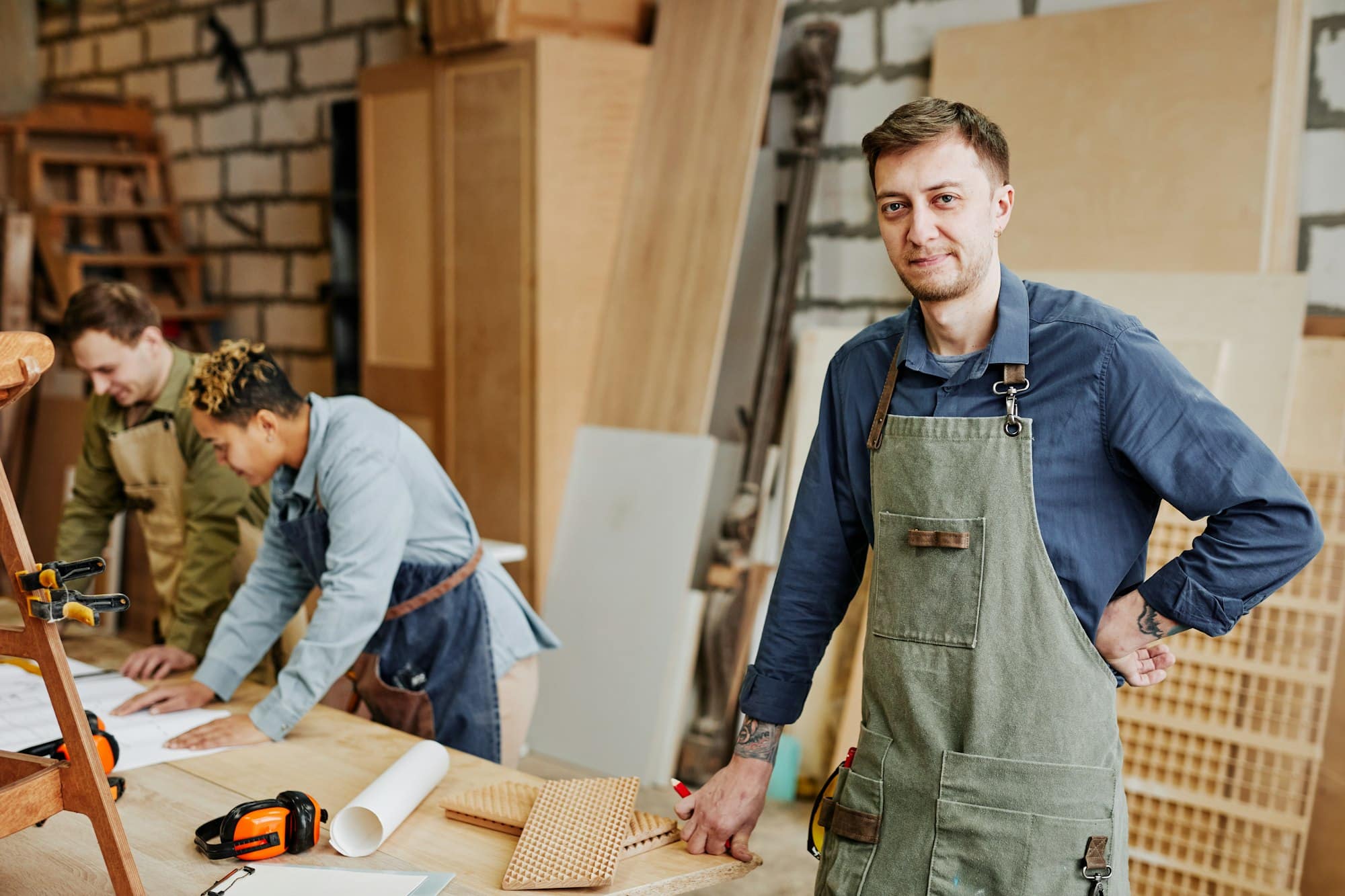How Can You Achieve Bakery-Level Artisan Bread at Home?

Is the tantalizing smell of freshly baked bread wafting from a neighborhood bakery making you yearn to bake your own? Has the allure of making a bakery-level artisan bread at home been teasing your senses? Fret not! Here’s your guide to achieving that perfect loaf, right from the comfort of your own kitchen.
The Art of Bread Making: It All Begins with the Dough
The journey from a whiff of yeast to a golden loaf of bread begins with a simple mixture of flour and water. This magical transformation is called dough.
Also to see : What Are the Secrets to a Perfectly Cooked, Fluffy Rice?
Making your own bread at home has many advantages. For starters, you have control over the ingredients. You choose the quality and quantity of each factor, allowing you to fine-tune the recipe to suit your taste. Secondly, the process is therapeutic. The act of kneading the dough, watching it rise, and then witnessing the fruition of your efforts in the form of an aromatic, golden loaf is utterly satisfying.
The dough is the very heart of your bread. It’s not just a mixture of flour, water and yeast. It’s a complex network of proteins and starches that, when manipulated correctly, results in a transcendentally delicious loaf. To achieve this, follow the next steps with precision and care.
Also to read : What’s the Best Way to Prepare and Cook Perfect Bacon?
The Key Ingredients: Flour, Water, Yeast, Time
The magical process of bread-making begins with these four simple elements: flour, water, yeast and time. It’s almost hard to believe that the plethora of different breads all over the world are created from these constituents!
Flour forms the structure of your bread. The protein content in it reacts with water to form gluten, a network of stretchy proteins that give bread its characteristic structure and texture.
Water hydrates the flour, allowing the gluten to be formed. It also helps to distribute the yeast evenly throughout the dough, enabling a consistent rise.
Yeast is the leavening agent that causes the bread to rise. When mixed with flour and water, yeast begins to consume the sugars in the flour and produces carbon dioxide. This gas gets trapped within the gluten network, causing the dough to expand.
Finally, time is perhaps the most important ingredient. This is the period that allows all these elements to work together to transform the dough into a perfect loaf.
The Perfect Loaf: Kneading and Rising
Once you have your dough mixed, the next steps are kneading and letting it rise. Kneading is the process of working the dough to develop the gluten network. This can be accomplished by hand or with a dough hook on a stand mixer. It might take about 10 minutes, but it’s a crucial part of achieving the desired texture in your bread.
The next step is to let the dough rise, also known as proofing. During this stage, the yeast consumes the sugars in the flour and produces carbon dioxide, which causes the dough to expand. This is a crucial stage in bread making. The time it takes for the dough to rise can vary greatly, but it typically takes at least one to two hours.
Remember, the key to a good rise is a warm, draft-free environment. This will give you that light, airy texture that is the hallmark of a good bread.
Baking Your Bread: The Oven and the Dutch
One of the key steps in bread making is the actual baking. This is where all your hard work pays off and your dough transforms into a golden, crusty loaf.
The type of oven you use can have a significant impact on the outcome of your bread. Conventional ovens tend to dry out the dough, leading to a denser loaf. This is where a Dutch oven can be a game-changer. Its heavy lid traps the steam released by the dough, creating a humid environment that’s perfect for baking bread.
Bake your bread at a high temperature for the first few minutes, then reduce the temperature and continue baking. This initial high heat helps the dough to rise rapidly, creating a lighter, airier loaf.
Experiment, Adapt, Enjoy: The Artisan Bread Journey
Bread making, like any culinary pursuit, requires a bit of experimentation. You will need to adapt your technique and recipe to suit your kitchen, your oven, and even the weather.
Making artisan bread is not just about following a recipe. It’s about nurturing a living, breathing entity (the dough), and guiding it through a complex series of chemical reactions to produce something that is not just a food, but a work of art.
Remember, baking is a journey. Don’t be disheartened if your first few loaves aren’t perfect. With each attempt, you’ll gain a better understanding of the process and will get closer to achieving that bakery-level loaf.
Now that you have the basics down, it’s time to get your hands dirty and start baking!
Remember, bread-making is not a task, but a delightful journey. Every loaf you bake is a testament to the time, patience, and love you’ve invested. Every bite is a celebration of the magical transformation of simple ingredients into something truly extraordinary. Enjoy the process, and happy baking!
Harnessing the Power of the Dutch Oven and Baking Stone
The Dutch oven is a true gem in the world of baking. Its unique construction creates a miniature oven within your oven, providing the perfect environment for your loaf to rise and develop a gorgeous crust. The heavy lid traps the steam, keeping the interior moist and preventing the bread from drying out.
Start by preheating your Dutch oven at a high temperature for about 30 minutes. This ensures that your loaf starts baking as soon as it hits the hot surface, causing a rapid rise and the creation of a crusty exterior.
When your dough has finished its final rise, carefully transfer it into the preheated Dutch oven using a piece of parchment paper. This will prevent the dough from sticking to the hot surface. After that, cover the pot and bake for about 30 minutes.
Afterwards, remove the lid and continue to bake for 15-20 more bread minutes. This helps to deepen the color and crispiness of the crust. Once done, remove your bread from the Dutch oven and place it on a wire rack to cool.
If a Dutch oven is not available, a baking stone is a great alternative. Similar to a Dutch oven, a baking stone provides a hot surface for your bread to bake on, resulting in a light, airy loaf. Preheat your baking stone in the oven for a similar time before adding your dough.
Intriguing Varieties: Exploring Different Bread Recipes
Bread is a universal language spoken in different dialects around the world. From the rustic Italian Ciabatta to the dense German Rye, each culture has its unique bread recipe. As you become more comfortable with the bread-making process, you can start to explore these different varieties.
For instance, if you prefer a softer, sweeter bread, a sourdough bread recipe might be right for you. This bread uses a naturally fermented yeast starter instead of commercial yeast, giving it a distinctive tangy flavor. This recipe requires more time and patience but is incredibly rewarding.
If you’re looking for something hearty and nutritious, a whole grain or wheat flour bread might be a perfect choice. These breads use a combination of whole wheat and white flour, producing a more complex flavor and texture.
In the end, the choice of bread flour, whether all-purpose flour, bread flour, or wheat flour, will significantly influence the texture and flavor of your homemade bread. So feel free to experiment, adapt, and create your own unique bread recipes.
Conclusion: Savoring the Artisan Bread Experience
Baking artisan bread at home is not a mere task but a journey of sensory exploration. From the smell of yeast activating to the sound of a crusty loaf cooling on a wire rack, each step is a sensory delight.
As you knead bread, the rhythm of your hands pressing and folding the dough at room temperature can feel soothing and meditative. As you watch the dough rise, you witness a marvel of nature in action.
Using a Dutch oven for baking bread can significantly enhance the quality of your homemade loaves, mimicking the professional results achieved in a bakery oven. However, a baking stone can also yield excellent results if a Dutch oven is not available.
The beauty of baking your own bread lies not just in the final product, but in the process itself. It’s about embracing the journey, learning from each loaf, and being open to experimentation and adaptation.
So, roll up your sleeves, collect your ingredients, and embark on your bread-making journey. Remember, each loaf you bake is a testament to love, patience, and craftsmanship. Enjoy the process, cherish the fruits of your labour, and most of all, happy baking!
